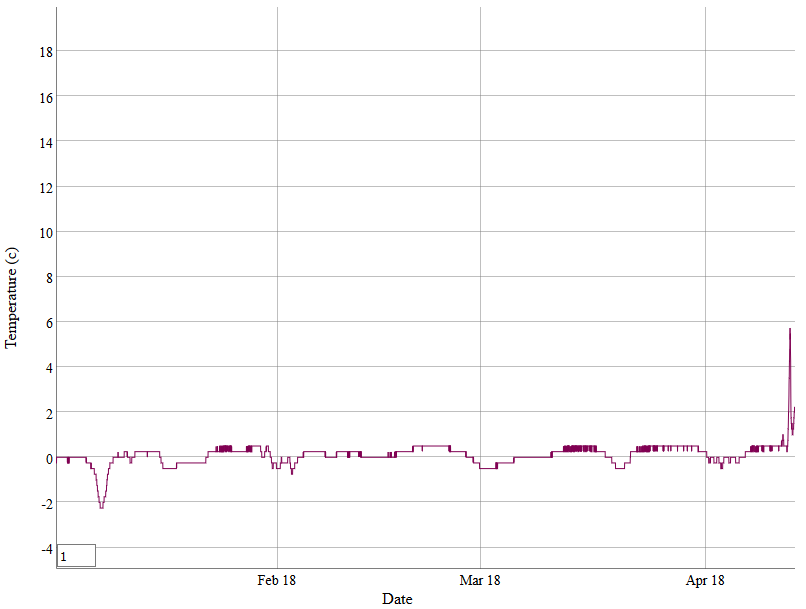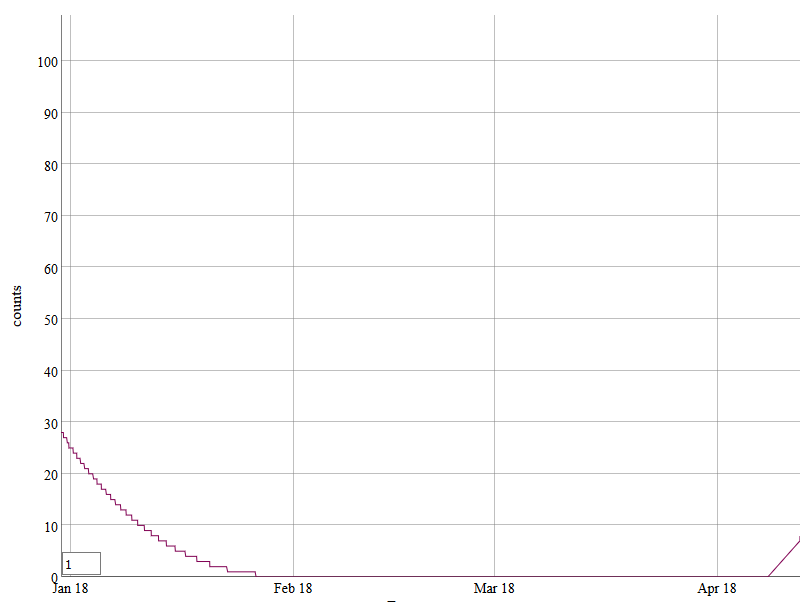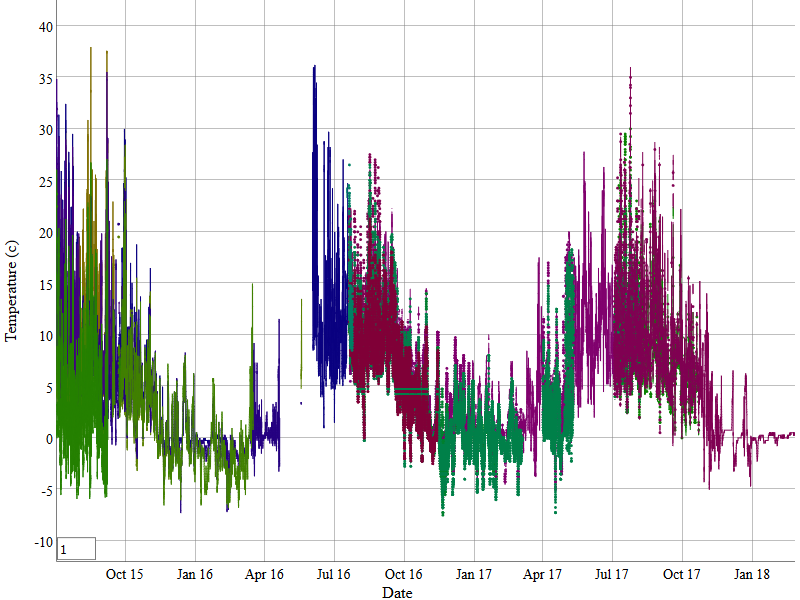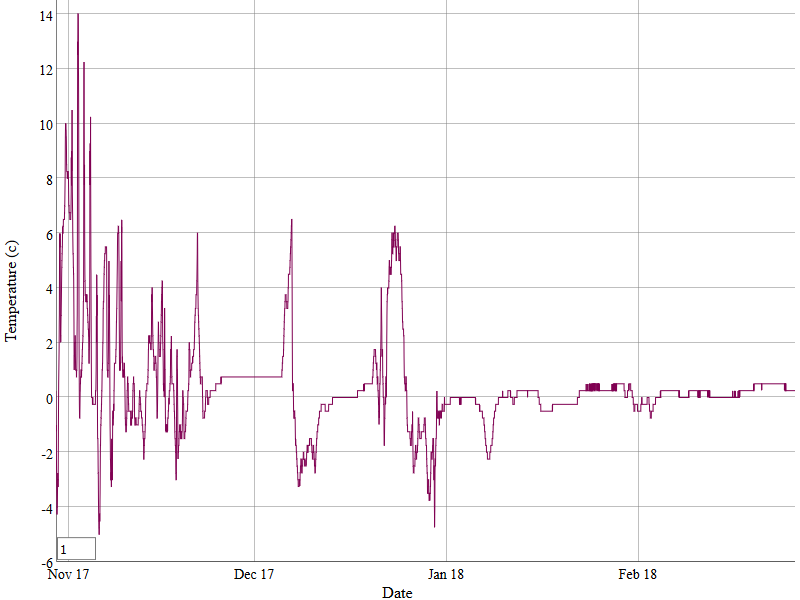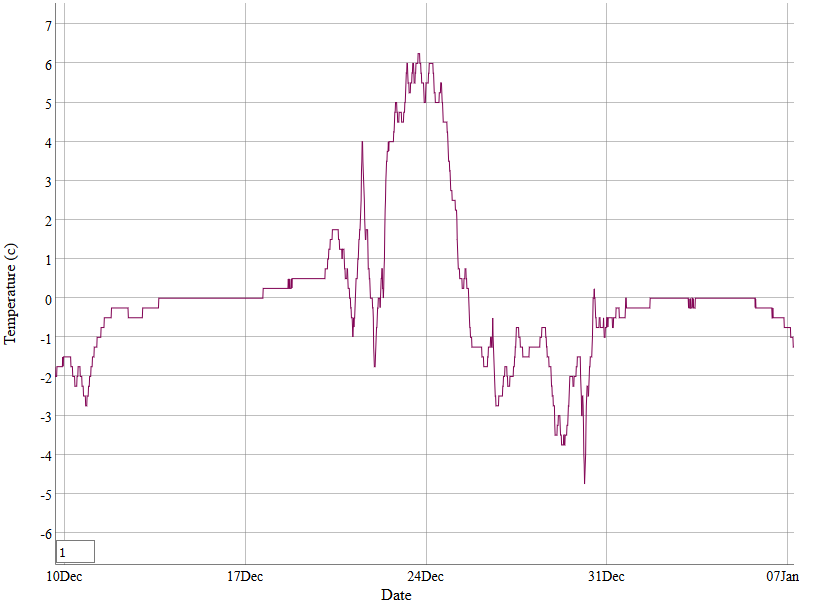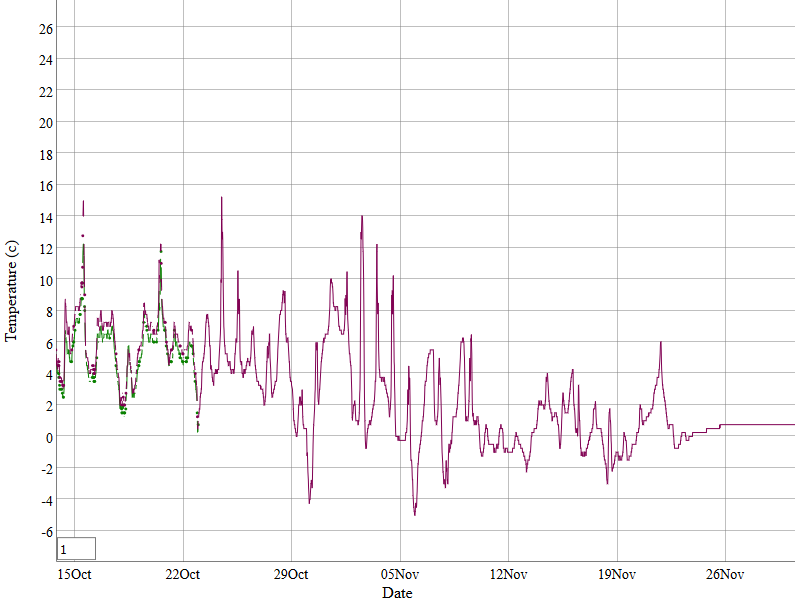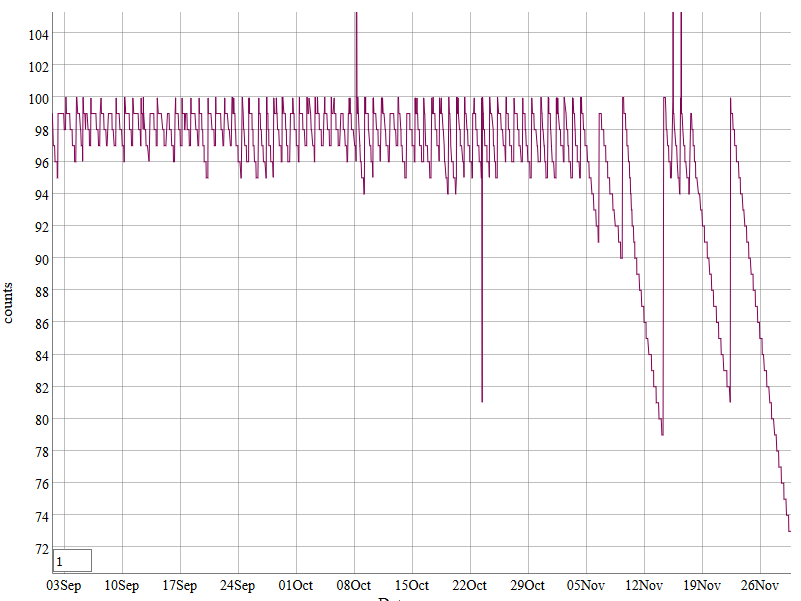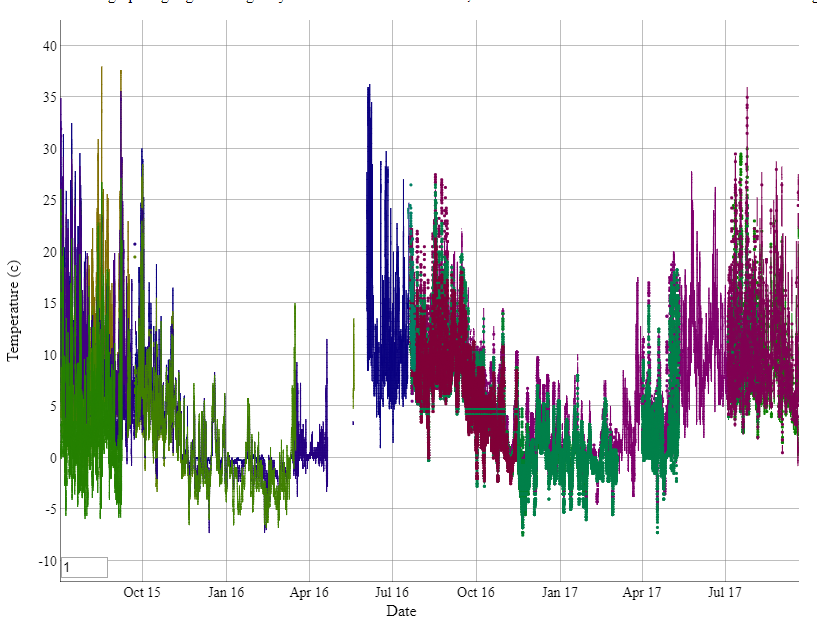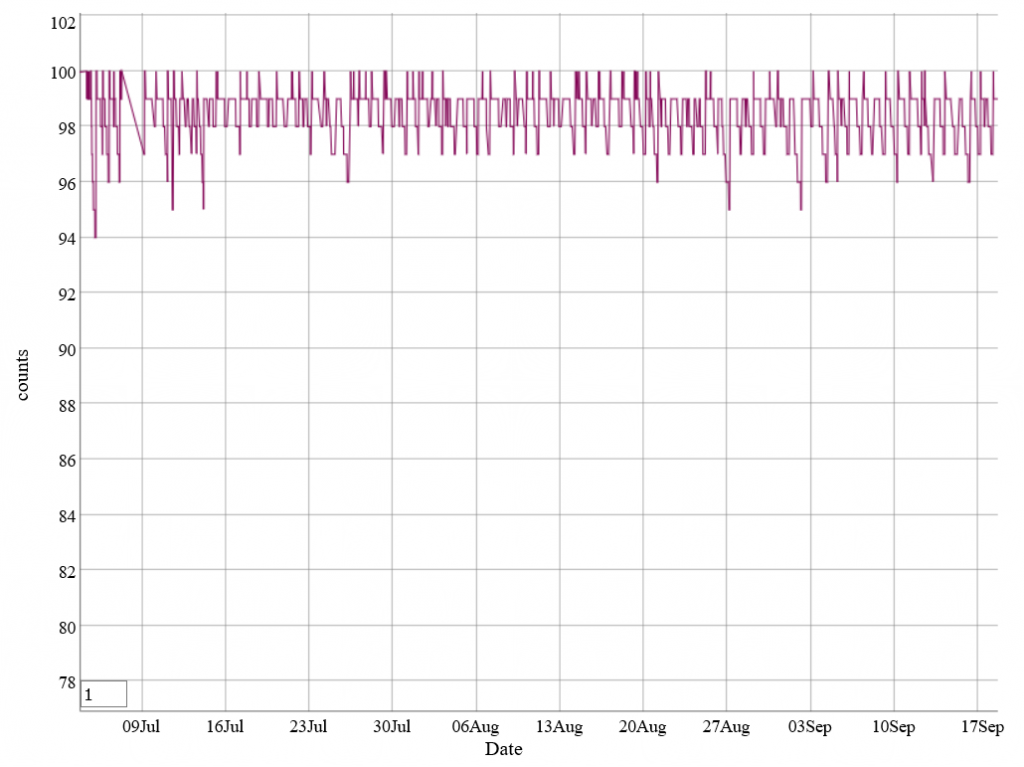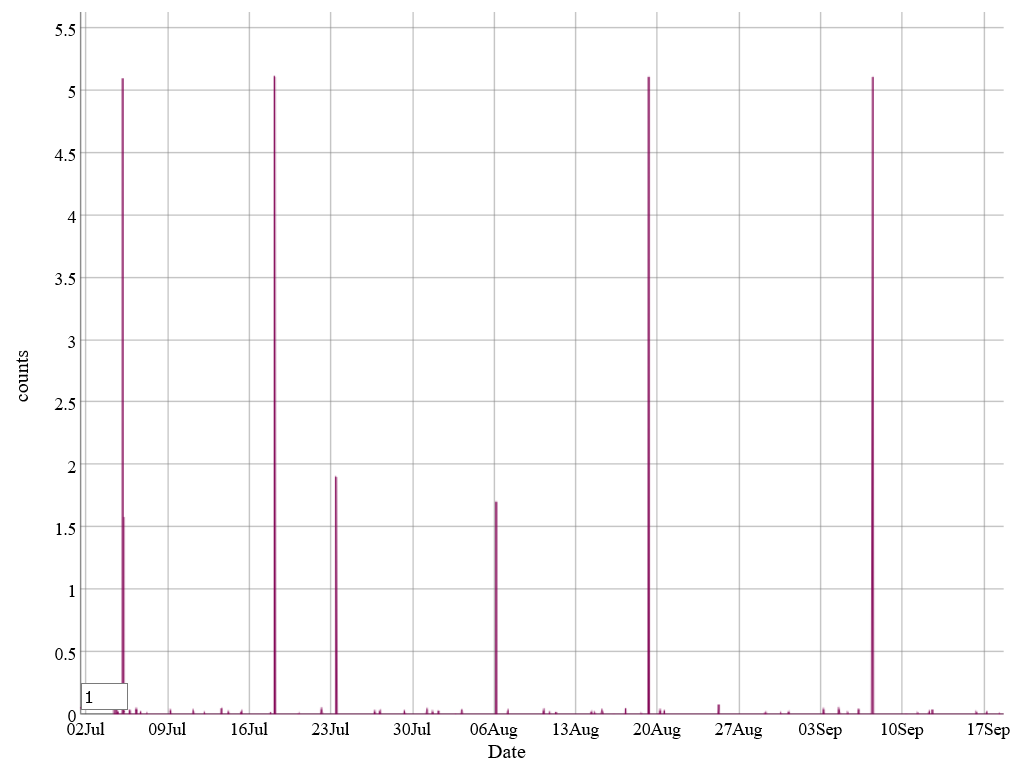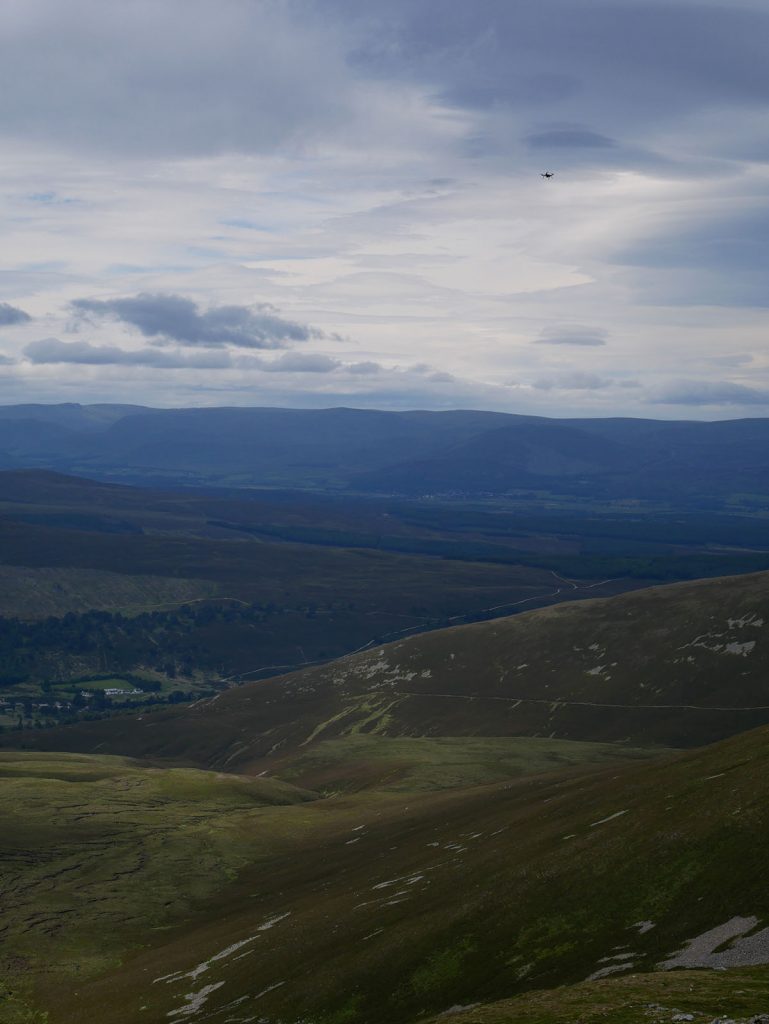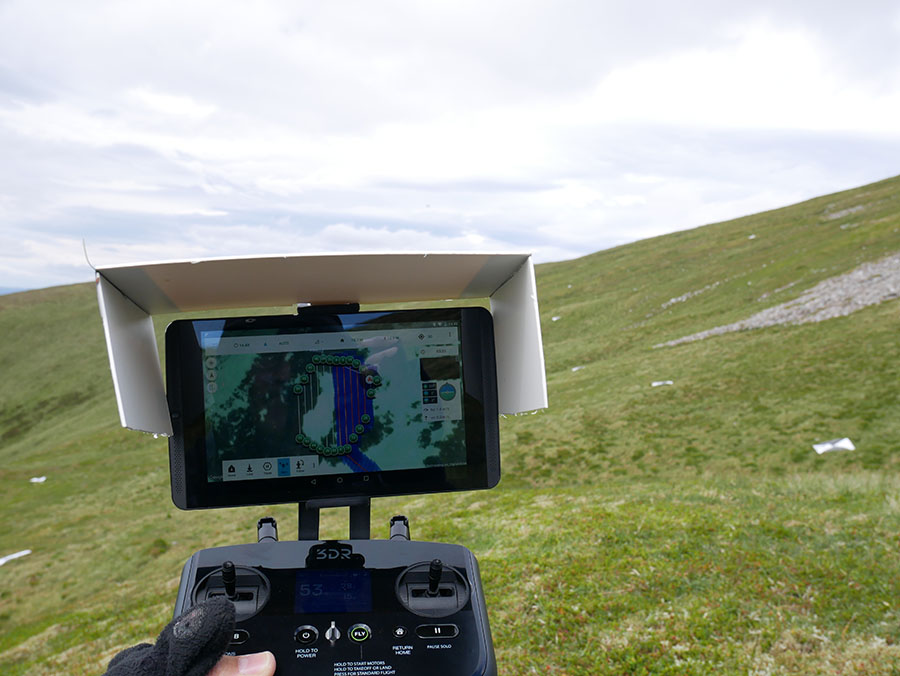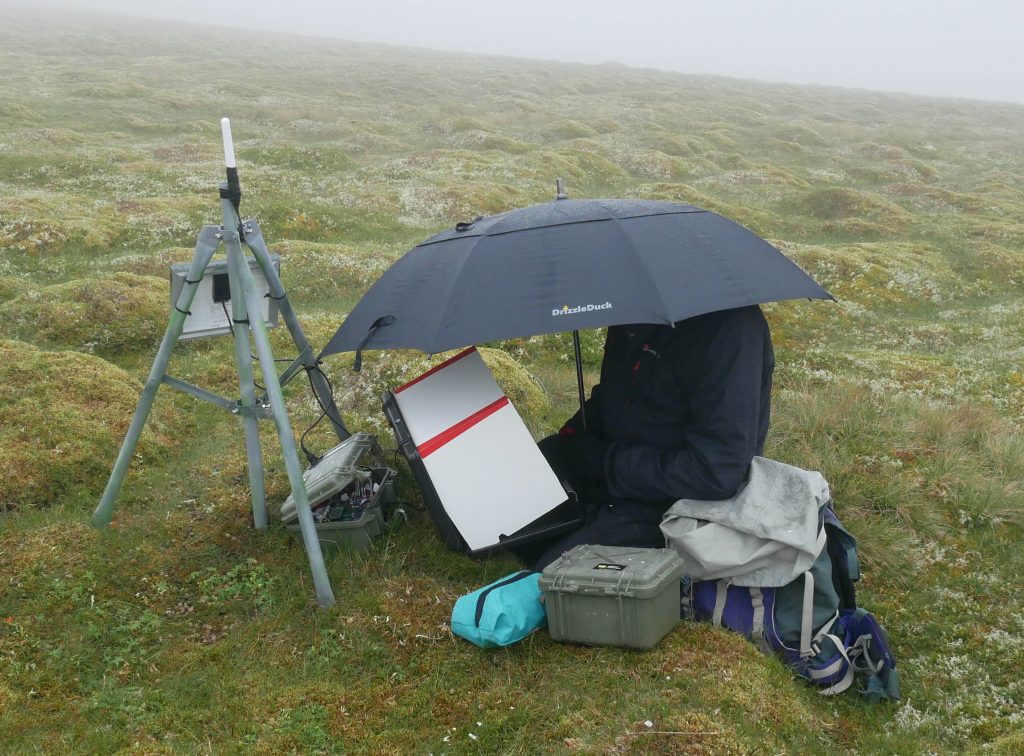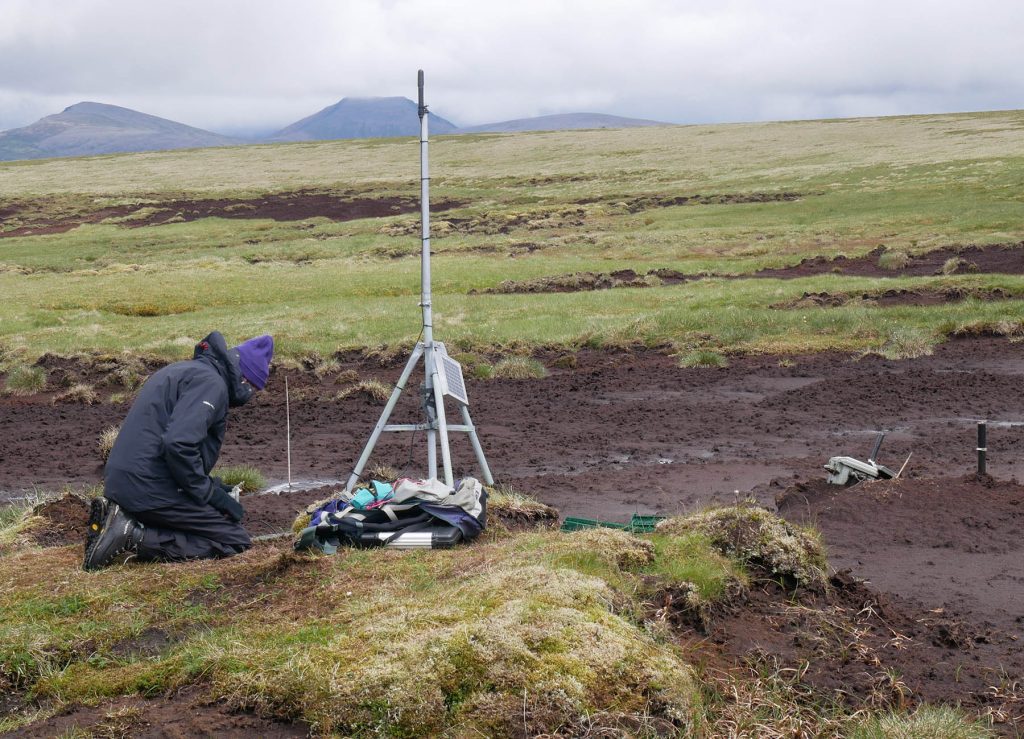We set out to prove that environmental sensor networks could be built using modern internet standards rather than temporary home-made solutions which become incompatible in the future. Our use of the latest internet protocols: IPv6 (as 6LoWPAN), CoAP (rather than HTTP), standard radio frequencies (868 MHz), low power radio protocols etc really could build reliable sensor networks. The significance is that future sensing systems could be linked together and expanded much more easily than before.
These technologies could lead to having many types of sensors made by different people – all sharing the same low power network. Study areas of many tens of square kilometers with several research groups could work separately while benefiting from the low power network. CoAP also helps to unify sensor systems with the web so URLs can be used rather than custom addresses.
We look forward to building larger earth science sensing systems in the future!

